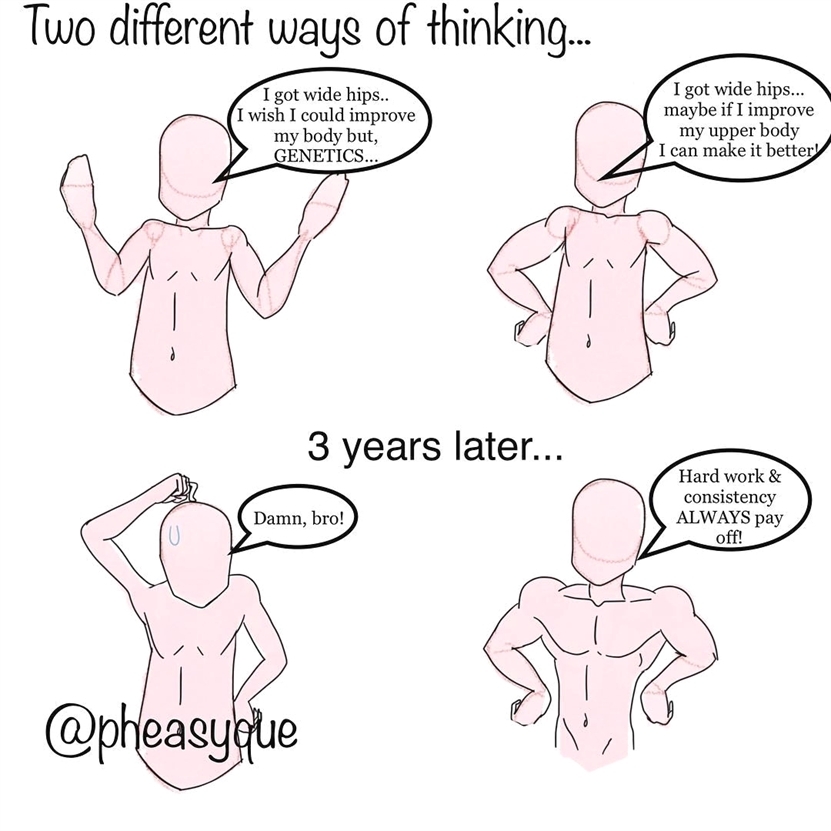Should I Rest or Keep Exercising?
- Knee pain is often caused by issues in the hips or ankles, personal trainer Luke Worthington said.
- Rehab and mobility exercises can help, according to orthopedic surgeon Dr. David Geier.
- There are very few situations where being completely immobile improves joint pain, Worthington said.
- Read more Working It Out here.
Dear Rachel,
I’m in a quandary. My knee has started hurting a little bit when I do certain movements like squats or rowing, but not so badly that I can’t perform the exercises. It’s uncomfortable and doesn’t feel quite right, but not so painful that I can’t continue. I’m unsure if I should keep going or stop. It’s just one leg and I don’t want to stop training, but I’d be really annoyed if I injured myself seriously. It’s been a bit sore for a couple of weeks, but I’ve trained consistently throughout. What should I do?
— Sore
Dear Sore,
Joint pain is incredibly frustrating if you enjoy working out, but what’s even worse is injury that prevents you from exercising entirely, so you’re right to pause for thought.
Knee pain is surprisingly common, according to personal trainer and elite performance coach Luke Worthington, but there are things you can do to minimize it.
You don’t necessarily need to avoid all exercises like squats, but mobility movements can help, and if the pain is constant, get it checked out by a medical professional.
Knee pain is usually caused by the hips or ankles
The knee looks complex, but it’s actually quite a simple joint that has one action: flexing and extending, Worthington said.
Knee pain is usually caused by issues in the hips or ankles. If you lack sufficient ankle mobility, you may struggle to maintain proper alignment through the knees, he said, and if you aren’t moving your hips correctly, the knees bear more of your body weight.
Knee soreness that didn’t result from a specific injury can be a sign that a tendon is being overused, sports medicine specialist and orthopedic surgeon Dr. David Geier told Insider.
“By continuing to train, you are unlikely to cause further damage, although you might make the pain take longer to get better than if you rested from activities that bother it for a little while,” Geier said.
Rehab and mobility exercises should help
If you want to limit pain in your knees, mobility exercises can help.
There are very few situations where being completely immobile makes things better, especially with this type of knee pain, Worthington said.
“Exercising around pain or around an injury has been shown to encourage healing, reduce pain, and improve recovery times,” he said.
Geier recommends working with a physical therapist or physiotherapist to learn some rehab exercises to help the knee heal and speed up recovery, but if that’s not in your budget, Worthington shared some exercises you can do yourself.
“To address the distribution of load between the hips and the knees, and to encourage the hips to do their fair share, we need to increase the strength of the muscles at the back of the leg relative to the strength of those at the front,” Worthington said.
This means putting squats and lunges on the back-burner, and instead focusing on hinge and bridge movements to work the glutes, hamstrings, and adductors.
Improving ankle mobility will help, too, as it will allow the shin bone to move more freely and put less stress on the knee, Worthington said.
He recommended these exercises:
See a doctor if the pain is constant
There are circumstances where you should see a medical professional.
“If your knee pain is in a very specific location, like the side or back of your knee, and the pain is consistently there, or if you have significant knee swelling after the workout, then it could be a sign of an injury like a meniscus tear,” Geier said.
In that situation, he recommends seeing a doctor or orthopedic surgeon to find out the nature of the injury and see if surgery is needed.
Rachel
Rachel has a wealth of experience covering fitness, nutrition, and wellness, and she has the hottest experts at her fingertips. She regularly speaks to some of the world’s most knowledgeable and renowned personal trainers, dietitians, and coaches, ensuring she’s always up to date with the latest science-backed facts you need to know to live your happiest and healthiest life.
Have a question? Ask Rachel at [email protected] or fill out this anonymous form. All questions will be published anonymously.


